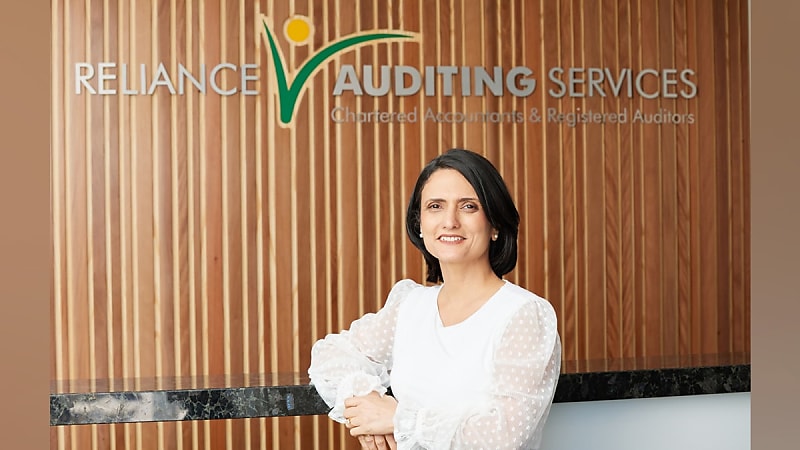Compliance landscape will change for all SMSFs with Div 296: audit specialist
SMSFs should start preparing for a shift in the compliance environment, particularly around reporting and valuation of fund assets, a leading audit specialist has argued.
Naz Randeria, managing director of Reliance Auditing Services, says although the Division 296 tax has yet to be passed into legislation, SMSF trustees should prepare to face a new-look compliance landscape.
“Although Division 296 will target superannuation earnings on funds with balances over $3 million, it’s important for trustees to understand that all funds will face increased scrutiny, with the onus on them to prove their balance doesn’t exceed the threshold,” Randeria said.
“Supporting, evidence-based documentation will be vital. Regulations allowing trustees to make their own valuation assessments remain unchanged, and we’ve seen in the past that self-evaluations have been made based on a trustee's own research.”
Randeria continued that in this new era, well-documented, fact-based evidence will become even more critical.
“I have previously highlighted the importance of ensuring assets are valued correctly and I again warn that it will not be acceptable for trustees to make an educated guess, or simply apply an inflationary increase to the value of assets,” she said.
“This will be especially true in the context of Div 296, and I would expect that ‘close enough’ will not be ‘good enough’. To strengthen the credibility of their claims, trustees should instead seek independent, market-based evidence obtained as close to June 30 each year as possible.”
Randeria warned that trustees who continue to self-assess should be prepared to produce extra information for their accountant and auditor.
“They will most likely be unable to accept anything less than evidence-based documentation, ideally supplied from an adequately qualified third party.”
She said that the supporting valuation documentation will be particularly important for funds that contain property, loans and unlisted investments.
“Residential property valuations can be supported by real-estate listings, third-party appraisals or a contract of sale. I cannot stress enough the importance of comparable sales data, though it may be difficult to obtain for properties in regional and remote areas, renovated or unique properties, or during times of market volatility.”
“Commercial property valuation can be complex due to limited sales data, change in function or use of the property, or changes in area zoning, for example, a medical business operating out of a residential property. There may be additional complexities for farmland, Crown land leases and overseas properties.”
Regarding loans, Randeria said the documentation needs to prove the loan is legitimate, enforceable and recoverable, such as a formal loan agreement, evidence of repayments, evidence highlighting the financial position of the borrower and adequate security over the loan (if applicable).
Furthermore, with unlisted investments, trustees will need to provide annual financial statements, net asset value (NAV) or net tangible asset (NTA) statements, capital raisings within the past 12 months, and evidence of arms-length dealings, if the parties are related.
“Given the complex nature of asset valuation, not all supporting documents will be able to be obtained, and in some instances it may not even exist, for example, in the case of comparable data for regional property.”
“Despite this, trustees should demonstrate that they have done all they possibly can to prove to the ATO that their balance does not exceed the $3 million threshold.”
She added that if a trustee and/or qualified professionals are unable to obtain the documentation required, the ATO is likely to face the same challenges in obtaining the data.
“In these cases, an auditor may be forced to lodge a contravention report – not because the trustee has done anything wrong – but simply to notify the ATO that there is a lack of supporting documentation to substantiate the market valuation.”
“It’s one of several new compliance challenges created by Div 296 that will be experienced by the sector more broadly, with professional services wait times and cost efficiencies also likely to be impacted.”
Although much of the discussion around the introduction of Div 296 has centred around those funds with high balances, it is wrong to assume that other SMSFs won’t be impacted.
“It would be a dangerous assumption to make that because your super balance sits under the threshold and you won’t be affected in practical terms, that the changed compliance landscape won’t impact you,” Randeria said.


